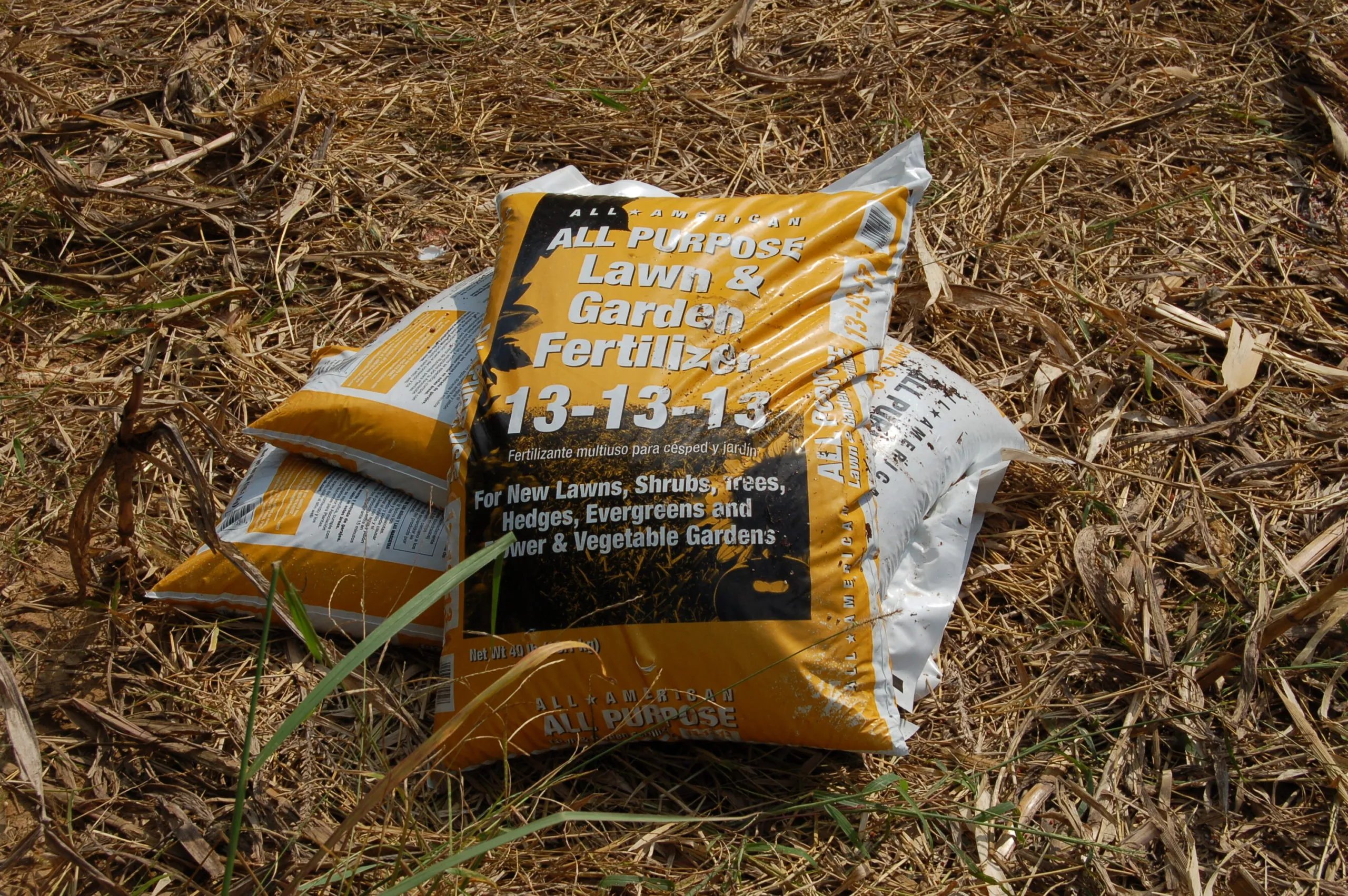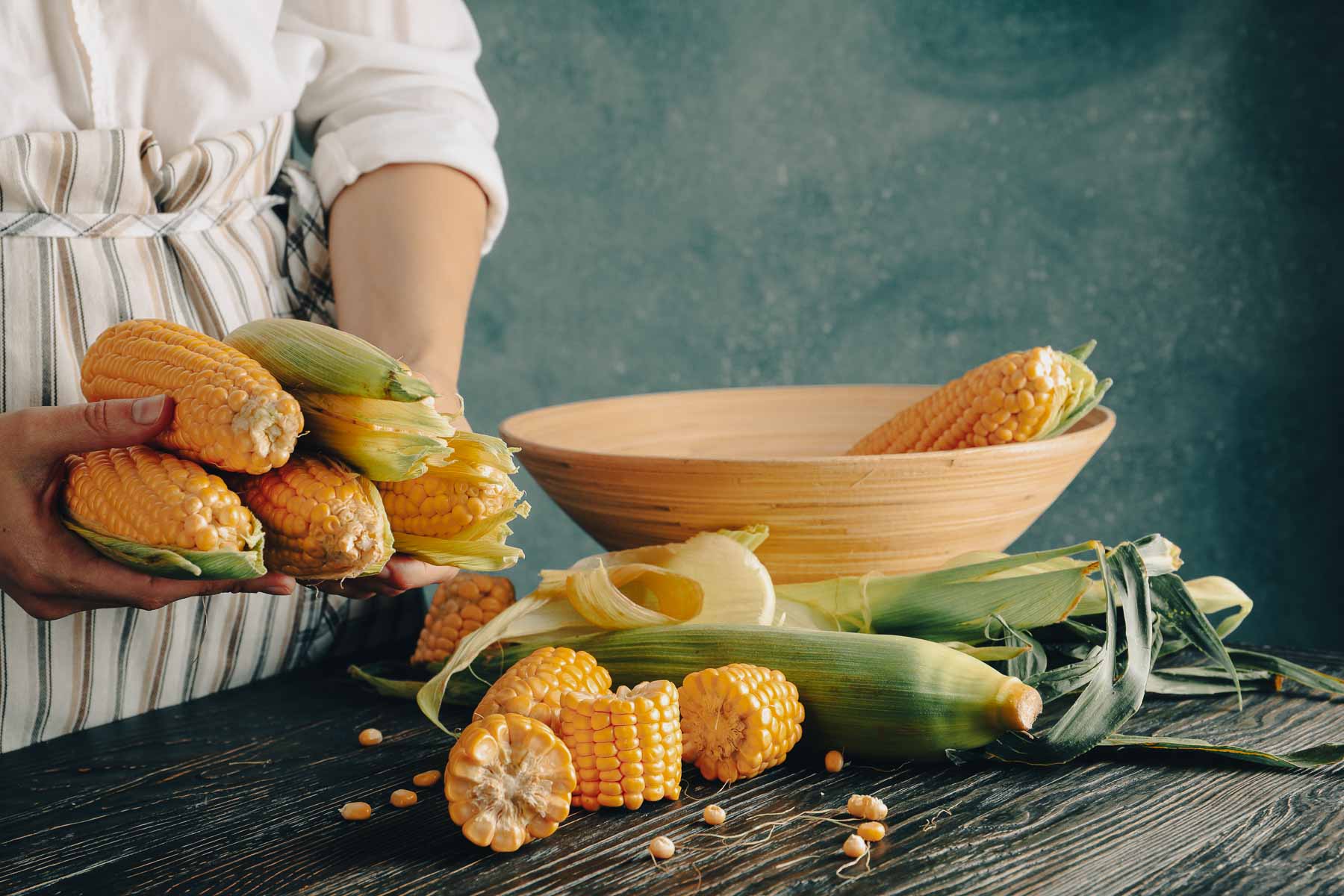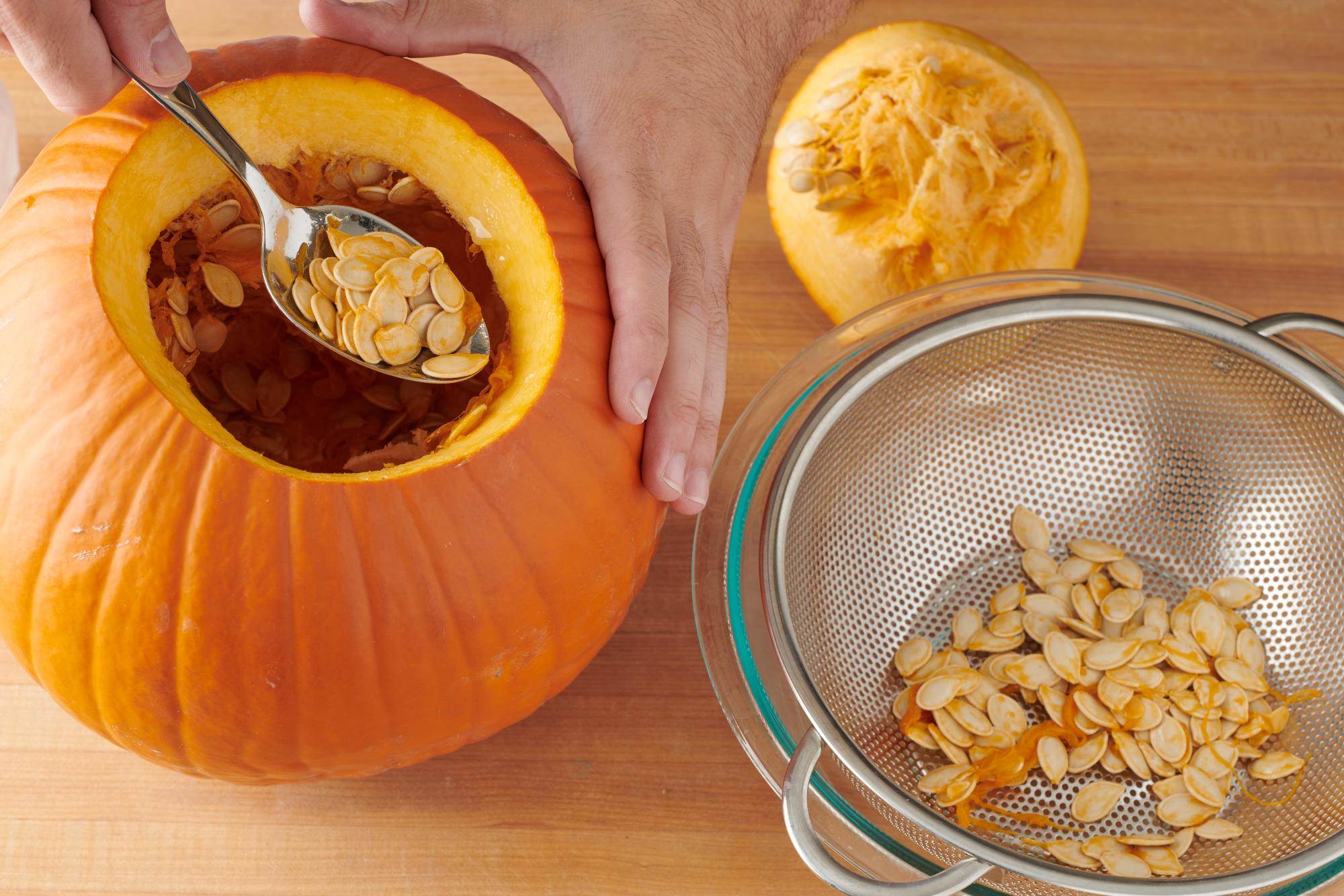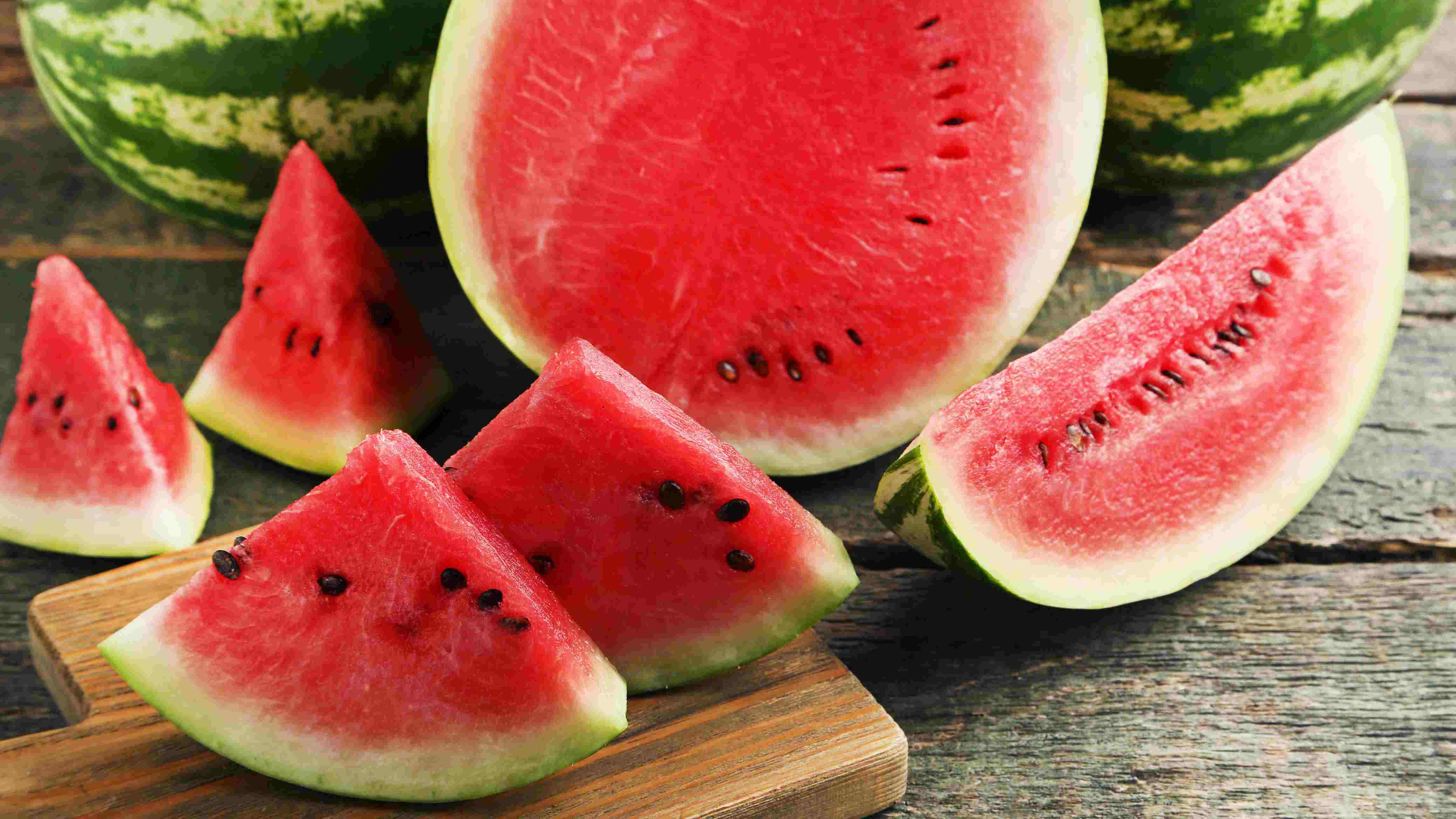Home>Types of Gardening>Edible Gardening>How Many Corn Seeds To Plant Per Acre


Edible Gardening
How Many Corn Seeds To Plant Per Acre
Published: September 17, 2023
Looking to grow corn in your edible garden? Discover how many corn seeds you should plant per acre for optimal yield and maximize your harvest.
(Many of the links in this article redirect to a specific reviewed product. Your purchase of these products through affiliate links helps to generate commission for Chicagolandgardening.com, at no extra cost. Learn more)
Table of Contents
Introduction
Welcome to the fascinating world of edible gardening! Whether you are a seasoned gardener or just starting out, there is something truly special about growing your own food. Among the many fruits and vegetables that you can cultivate, corn holds a prominent place due to its versatility and delicious taste.
When it comes to cultivating corn, one of the key factors to consider is the seed population per acre. Determining the right number of corn seeds to plant in a designated area is crucial for maximizing yield and ensuring healthy plant growth. In this article, we will explore the factors that influence corn seed population, provide recommendations for seed population per acre, and guide you on how to calculate the number of corn seeds needed.
Growing corn requires a strategic approach, as the seed population plays a significant role in determining the success of your harvest. Planting too few seeds can result in a sparse crop, while overcrowding can lead to competition for resources and stunted growth.
To optimize your corn harvest, it is crucial to understand the factors that affect seed population. These factors include the corn variety, soil fertility, climate conditions, available space, and farming practices. By considering these factors, you can make informed decisions about the ideal number of seeds to plant per acre.
As we delve deeper into this topic, we will provide you with practical advice and tips to help you achieve optimal corn growth and maximize your harvest. So, let’s get started by exploring the factors that influence corn seed population!
Factors Affecting Corn Seed Population
Several factors play a crucial role in determining the appropriate corn seed population per acre. Understanding these factors will help you make informed decisions and achieve the best possible results in your corn cultivation. Let’s take a closer look at these factors:
- Corn Variety: Different corn varieties have varying characteristics, including height, tillering ability, and canopy width. These characteristics influence the spacing requirements for optimal growth. Compact bushy varieties may require closer spacing, while taller varieties may need more space between plants.
- Soil Fertility: The nutrient content and fertility of the soil directly impact the growth and development of corn plants. Soil that is rich in organic matter and essential nutrients can support higher seed populations as it provides a plentiful supply of resources for the plants.
- Climate Conditions: The local climate, including temperature, rainfall, and sunlight, affects corn growth and determines the appropriate seed population. In areas with shorter growing seasons, it may be necessary to increase the seed population to ensure a successful crop.
- Available Space: The available space in your designated area will also influence the seed population. If the area is limited, you may need to reduce the seed population to prevent overcrowding and promote proper airflow and sunlight penetration.
- Farming Practices: Farming practices such as irrigation, weed control, and fertilization methods can impact the seed population. Proper irrigation and weed management can minimize competition for resources, allowing for higher seed populations. Additionally, adequate fertilization ensures that the corn plants have the nutrients they need to thrive.
By considering these factors, you can determine the optimal seed population for your corn crop. It’s important to remember that these factors can vary from one location to another and from one growing season to the next. Therefore, it is crucial to assess the specific conditions of your garden or farm when deciding on the seed population.
Now that you have a better understanding of the factors that influence corn seed population, let’s move on to the next section, where we will provide recommendations for seed population per acre based on general guidelines and best practices.
Determining Seed Population
When it comes to determining the appropriate seed population for your corn crop, it’s essential to consider various factors, as we discussed in the previous section. While general guidelines exist, it’s important to adapt them based on your specific growing conditions and goals.
One commonly used method to determine seed population is the plant population per acre. This refers to the number of plants you intend to have per acre of land. It is important to strike a balance between maximizing yield and ensuring healthy plant growth. If the population is too low, you may sacrifice potential yield, while excessively high populations can lead to resource competition and reduced individual plant productivity.
Consulting with local agricultural extension offices, experienced farmers, or seed suppliers can provide valuable insights into the recommended seed populations for your specific area and corn variety.
Another approach to determining seed population is through soil testing and analysis. Soil testing can help assess the nutrient and fertility levels, allowing you to make informed decisions on the required seed population. Certain soil conditions, such as high nitrogen levels, may require adjustments in the seed population to optimize nutrient uptake and prevent over-fertilization.
Additionally, considering your overall farming goals is crucial. Are you aiming for higher yields or focusing on specific traits like ear size or grain quality? Your goals can influence the seed population decisions, as certain traits may require specific spacing requirements or adjustments in population density.
Lastly, consider the potential risk of pests and diseases in your area. If your location is prone to specific pests or diseases that can impact corn yield, it may be necessary to adjust the seed population to ensure adequate plant competitiveness and minimize potential damage.
Considering all of these factors together will help you determine the ideal seed population for your corn crop. It’s important to note that these decisions are not set in stone and may require adjustments based on observations and experiences in your specific growing conditions.
Now that you have a solid understanding of how to determine the seed population, let’s move on to the next section where we will provide recommended seed population guidelines to help you get started.
Recommended Corn Seed Population
When it comes to the recommended seed population for corn crops, it is important to consider various factors such as corn variety, soil fertility, climate conditions, and farming practices. While there is no one-size-fits-all approach, the following guidelines can serve as a starting point:
- Determine the optimal plant population: Aim for a target plant population per acre based on the recommendations specific to your corn variety. This information can often be found on seed packets or obtained from local agricultural extension offices. The recommended range is typically between 24,000 and 35,000 plants per acre.
- Consider row spacing: The distance between rows also impacts seed population. For conventional row planting, row spacing of 30 inches is typical. However, narrower row spacings, such as 20 inches or even 15 inches, can increase seed population and potentially boost yields, especially in high-yield environments.
- Adjust for soil fertility: Soil fertility levels influence the seed population recommendation. For soils with high fertility, higher seed populations may be appropriate, while low-fertility soils may require lower populations to prevent nutrient deficiencies and promote healthy plant growth.
- Take context into account: Local environmental factors and management practices are crucial in determining the optimal seed population. If your area experiences higher moisture stress or disease pressure, it may be advisable to reduce the seed population to alleviate competition for resources and enhance plant vigor.
It is important to remember that these are general guidelines, and adjustments based on your specific conditions may be necessary. Consulting with local experts, such as agronomists or experienced farmers, can provide valuable insights tailored to your specific region and growing conditions.
By following these recommended seed population guidelines, you can establish a solid foundation for your corn crop and set yourself up for a successful harvest. However, keep in mind that fine-tuning and adjustments based on observations and experiences are often required to achieve the best results.
Now that we have covered the recommended seed population guidelines, let’s move on to the next section where we will discuss how to calculate the number of corn seeds needed per acre.
Calculating Corn Seeds per Acre
Now that you have an understanding of the recommended seed population for your corn crop, it’s time to calculate the number of corn seeds needed per acre. Here is a step-by-step guide to help you with the calculation:
- Determine the desired plant population: Based on the recommended range and your specific goals, decide on the target plant population per acre. Let’s use an example of aiming for 30,000 plants per acre.
- Calculate the row spacing: Measure the distance between rows in inches. For instance, if you have 30-inch row spacing, you can skip to step 4.
- Convert row spacing to feet: If your row spacing is in a unit other than feet, convert it to feet. For example, if your row spacing is 20 inches, divide it by 12 to get 1.67 feet.
- Calculate the number of rows per acre: Divide 43,560 (the number of square feet in an acre) by the row spacing in feet. Using our previous example, divide 43,560 by 1.67 to get approximately 26,030 rows per acre.
- Calculate seeds per row: Divide the desired plant population (30,000) by the number of rows per acre (26,030). This will give you the approximate number of seeds to plant in each row, which in our example is approximately 1.15 seeds per row.
- Account for seed germination rate: Take into consideration that not all planted seeds will germinate. Adjust the number of seeds accordingly to compensate for germination rates. For example, if you have a 90% germination rate, multiply the calculated number of seeds per row by 1.1 (1/0.9) to ensure sufficient germination.
- Calculate total seeds per acre: Multiply the adjusted number of seeds per row by the number of rows per acre. In our example, if you determined 1.15 seeds per row and have 26,030 rows per acre, the total number of seeds needed would be approximately 29,934 seeds per acre.
By following these steps, you can calculate the approximate number of corn seeds needed per acre for your desired plant population. Keep in mind that these calculations are based on general guidelines, and adjustments may be necessary based on your specific growing conditions and goals.
Now that you know how to calculate the number of corn seeds per acre, you are ready to plan your planting and ensure optimal seed distribution for a successful harvest. In the next section, we will summarize the key points discussed in this article and offer some concluding thoughts.
Conclusion
Corn cultivation in edible gardening can be a rewarding and satisfying experience, and determining the appropriate seed population is a crucial factor for success. By considering various factors such as corn variety, soil fertility, climate conditions, available space, and farming practices, you can make informed decisions about the ideal seed population per acre.
It is important to note that recommended seed populations serve as general guidelines, and adjustments should be made based on your specific growing conditions and goals. Consulting with local experts, such as agricultural extension offices or experienced farmers, can provide valuable insights tailored to your region.
Calculating the number of corn seeds per acre involves determining the desired plant population, considering row spacing, and accounting for seed germination rates. Following a step-by-step approach ensures that you distribute the seeds optimally for healthy plant growth and maximum yield.
As you embark on your corn-growing journey, remember to monitor the progress of your crop, adjust farming practices as needed, and make observations to fine-tune your approach. Gardening is a continuous learning process, and each growing season presents opportunities to refine your techniques and improve your results.
Now that you have a comprehensive understanding of corn seed population, you can confidently plan and execute your edible gardening endeavors. Enjoy the process, savor the flavors of homegrown corn, and relish in the satisfaction of bringing your own harvest to the table.







